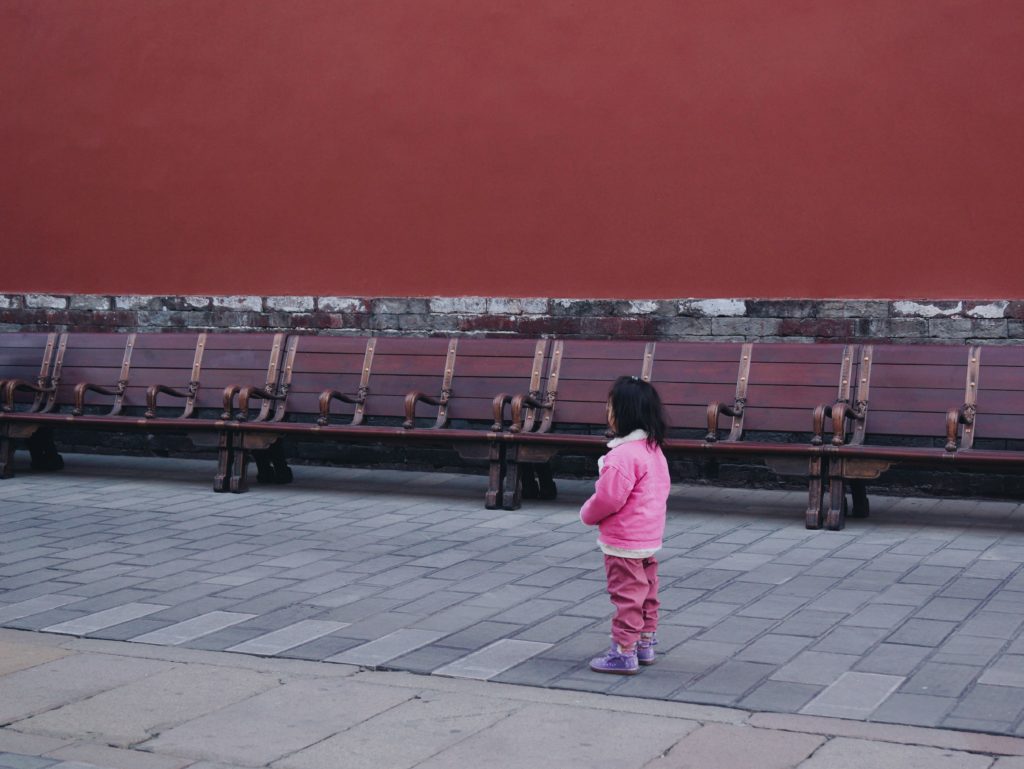Generally speaking, children’s literature is often dismissed as simplistic and rudimentary.
Even childhood favourites, such as The Very Hungry Caterpillar, are beloved by many but seemingly uncomplicated in story and style. The caterpillar is, simply, very hungry.
For those who are overwhelmed by the number of children’s books available, it may seem that there is nothing more to note other than the fact that Sam-I-Am should just leave the poor narrator alone because he clearly doesn’t want any green eggs and ham. But beneath the whimsical rhymes and varicoloured illustrations, these kinds of texts can be layered with nuance. Sometimes, they’re even radical.
When literature meets ideology

Dr Shih-Wen Sue Chen from Deakin University says that literature is often interlaced with the dominant ideologies from the time of publication, be that a conscious choice or otherwise. Sometimes children’s texts seek to reinforce the status quo, other times to question or rebel against it.
‘Because children’s literature is usually written by adults for children,’ she says, ‘it reflects the concerns that adults have about children and their place in the world. The values that adults hope to pass on to the young are reflected in the literature produced for their consumption.’
Dr Chen’s book Children’s Literature and Transnational Knowledge in Modern China: Education, Religion, and Childhood (Palgrave Macmillan, 2019), has just been published. The book aims to provide a new literary and cultural history of Chinese children’s literature and print culture from the late Qing to early Republican era (c. 1875-1915), a tumultuous period in Chinese history.
‘Many writers were worried about China’s precarious status on the international stage after multiple wars,’ she says. ‘Authors wanted to urge young readers to take up their responsibility to rescue China from impending collapse.’
Influencing the future

During this period of political unrest, writers and educators alike debated the definition of childhood and the socio-political role that the young, future generations would need to play in order to form a strong, modern nation. To inspire them to action, they published works that specifically catered to children. Children’s periodicals, filled with pages of illustrations and written in vernacular language that was closer to spoken Chinese, appeared in the late nineteenth century. These magazines and pictorials were distinct from the classical Chinese primers that children had been reading and studying for centuries.
In addition to this, representations of children themselves began to vary. They were shown to have agency and to question the world around them. These texts even explored alternative childhoods by referencing and introducing other cultures.
One particular representation of the child figure was known as the ‘questioning child’. They were presented as inquisitive, perceptive, and unafraid to voice their opinions.
‘As I mention in Chapter 4 of my book, one example of this model can be found in the children’s magazine Mengxue bao (The Children’s Educator, ca. 1897–1906),’ Dr Chen says. ‘One of the articles in the periodical, “Curious Words in School” (1897), presents students questioning the teacher.’
‘One student asks, “Which is bigger, ri (sun) or yue (moon)?” The teacher replies that the sun is bigger. The student challenges this answer, stating, “but how do you explain the fact that 31 ri (days) makes up a yue (month)?” The clever play on words shows the child’s perceptiveness and attention to the nuances of language.’
A second student in the article asks the teacher if drinking elephant’s milk would help him grow. When the teacher admonishes that nobody drinks elephant’s milk, the child asks, “but what do baby elephants drink to grow up, then?”
‘The children in this story are not afraid to challenge the teacher’s authority,’ Dr Chen says. ‘The playful humour of the students’ response is uncharacteristic of student-teacher relationships in China at the time, because the teacher was regarded as the absolute authority.’
‘The childhood models I explore in my book disrupted the dominant Confucian model of childhood and challenged the common cultural script of what it meant to be a child in this period,’ says Dr Chen.
A cultural change

This heralded the beginning of a shift from one-dimensional representations of childhood to more diverse depictions during the twentieth century. The influence of these new ideas was not limited to the literary sphere; as new theories and transnational knowledge from other countries fed into their circles, Chinese intellectuals began to critique their existing educational system.
Concerned that teachers who adhered to traditional pedagogy only served to stifle the young minds in their care, intellectuals exposed themselves to educational theories and studies from other countries, particularly Japan, Germany and the United States. They advocated for an overhaul in their existing educational practices, replacing them instead with more well-considered approaches, appropriate for the agentic, questioning children of the twentieth century.
‘This child-centred approach to education and writing for children is still relevant today,’ says Dr Chen.
Melina Bunting
Staff writer
Dr Chen’s book “Children’s Literature and Transnational Knowledge in Modern China” is now available.



